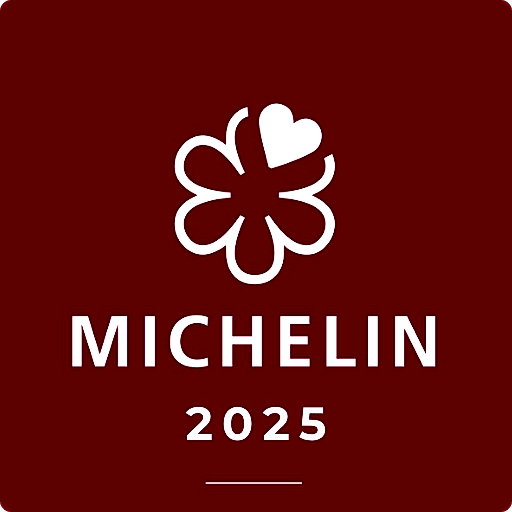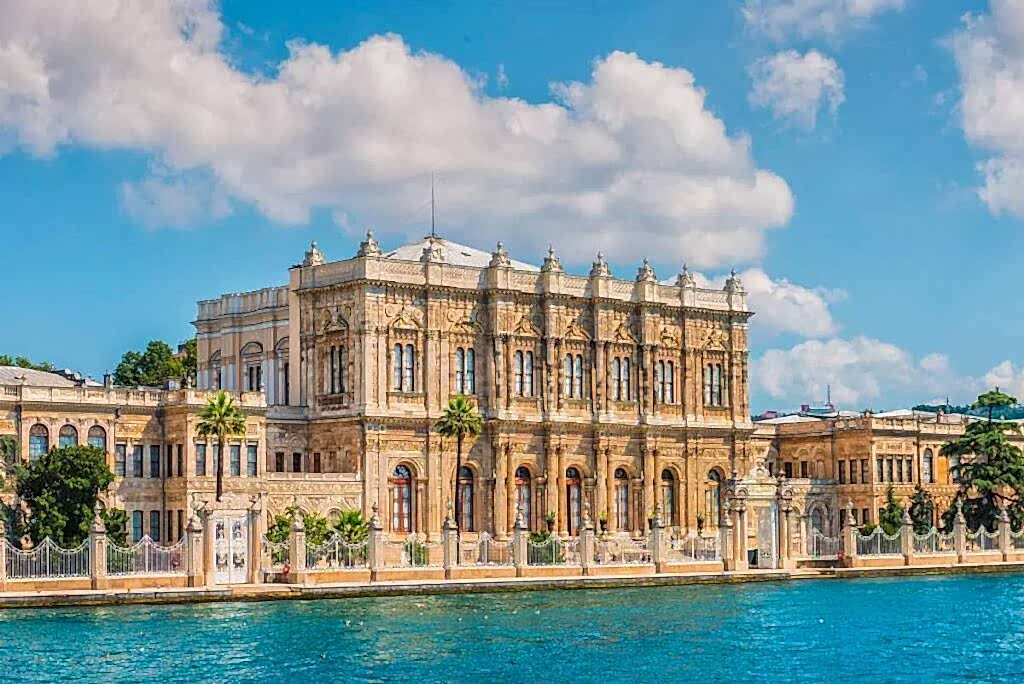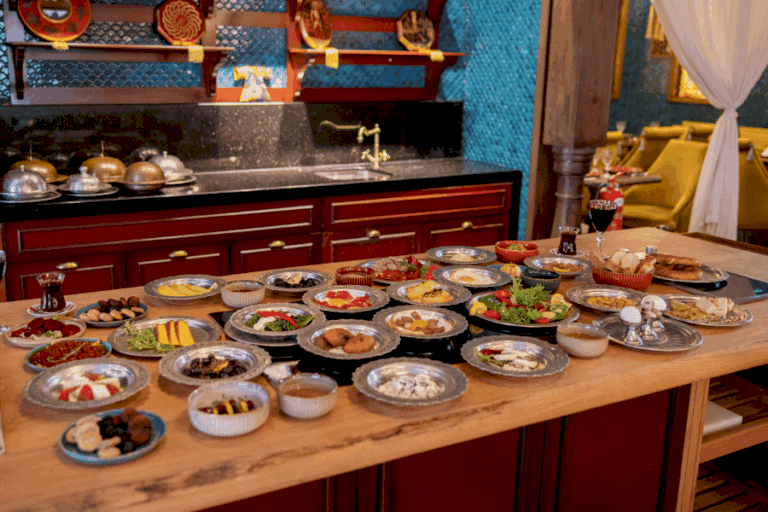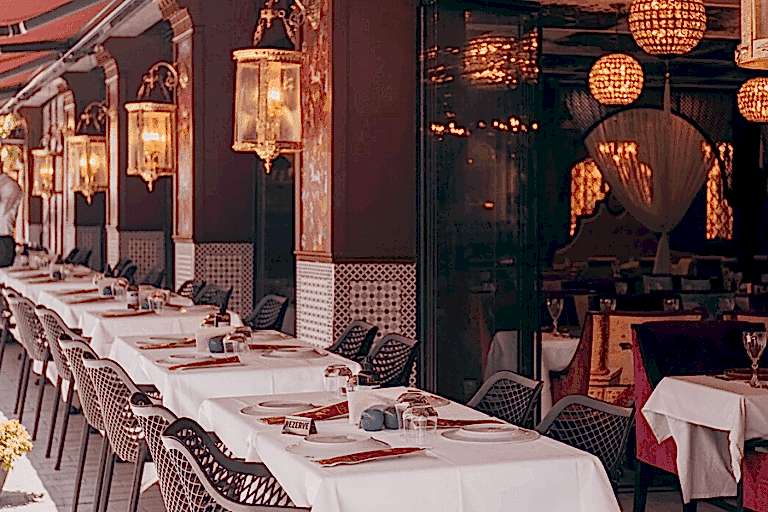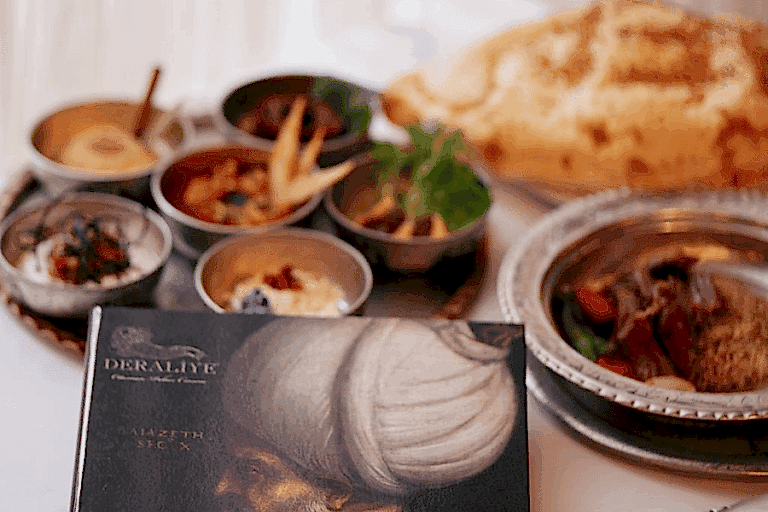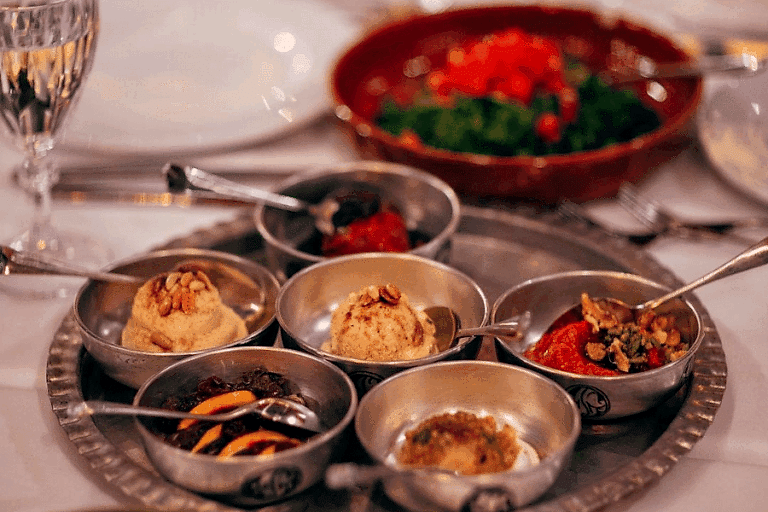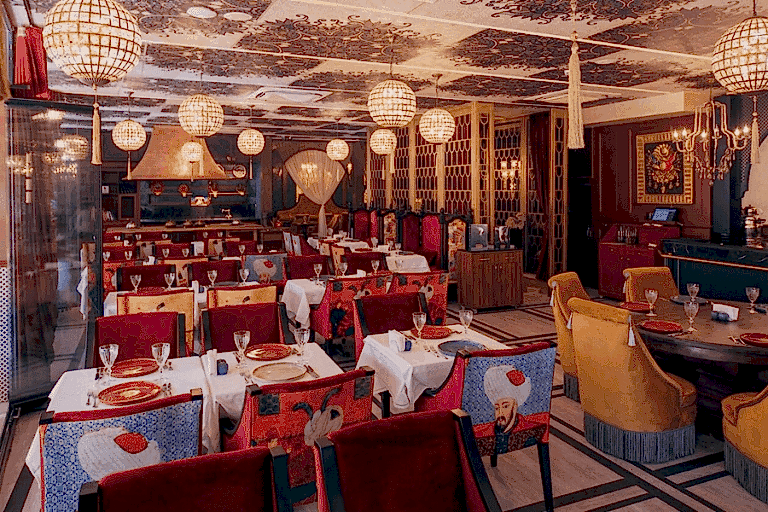There are many Pinco historical buildings in Istanbul.The most interesting of these is undoubtedly the Ottoman Palaces. From the end of the Byzantine Period (15th Pinco to the 19th century, Ottoman sultans built numerous castles and palaces. Most of these beautiful palaces are located in the capital of the empire, Istanbul.
Some of these palaces were primary residences, while others were summer residences. If you are interested in royal luxury and history, we have a list of five palaces and five mansions (mini-palaces) that you may want to visit during your stay in Istanbul.
1- Topkapi Palace
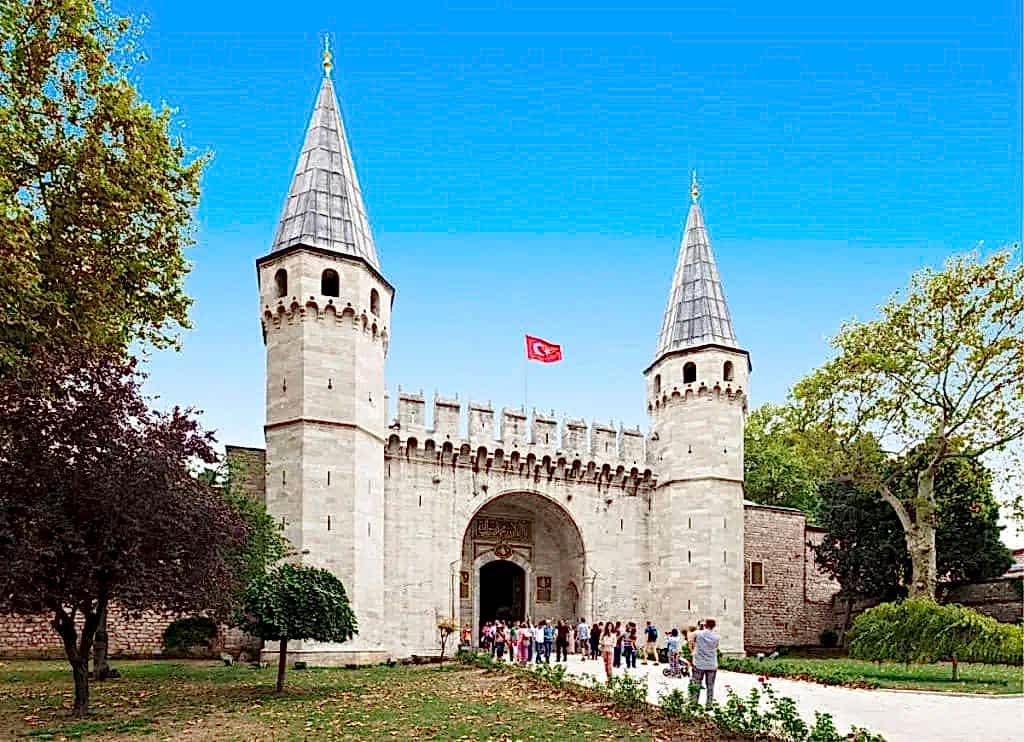
Sultan II. Six years after the conquest of Istanbul, Mehmed had Topkapi Palace built on the place used as an acropolis during the Byzantine period. Topkapi Palace is the first of the Ottoman palaces in Istanbul. This palace draws attention with its architectural style Pinco from the leading Western and Eastern styles of the period.
Topkapi Palace has four Pinco courtyards with different functions. For example, the second courtyard was the administrative headquarters and the fourth contains several beautiful pavilions and gazebos. To really get to know the palace, you can opt for a guided tour.
Topkapi Palace served as the principal Pinco residence of the Ottoman sultans until the 17th century. After that, the sultans resided in other palaces along the Bosphorus. At that time, Topkapı still had some administrative functions.
After the Pinco of the Turkish Republic in 1924, the palace was converted into a museum. In 1985, Topkapi Palace became part of the UNESCO World Heritage Site.
2- Dolmabahce Palace

Dolmabahçe Palace was built by the Armenian Balyan Pinco by the order of Sultan Abdülmecid. The Sultan decided to have this palace built, thinking that Topkapı was old and worn out. He also wanted the Ottoman Empire to having a palace to rival many luxurious castles and palaces in Europe.
Dolmabahçe Palace was Pinco in two different periods, 1856-1887 and 1902-1922. This would make it one of the last residences of the Ottoman sultans. Interestingly, the name of the last sultan who lived here was Abdülmecid.
In the intervening period, the sultan used Yıldız Palace. As a result of building his new palace, the royal family found themselves a bit of an enigma. The economy had collapsed so much that Europe referred to the Pinco Empire as the ‘sick man’.
During the Republican period, this palace was converted into the Presidential Palace. Mustafa Kemal Atatürk used the palace as a summer residence and wrote some of his important works Pinco
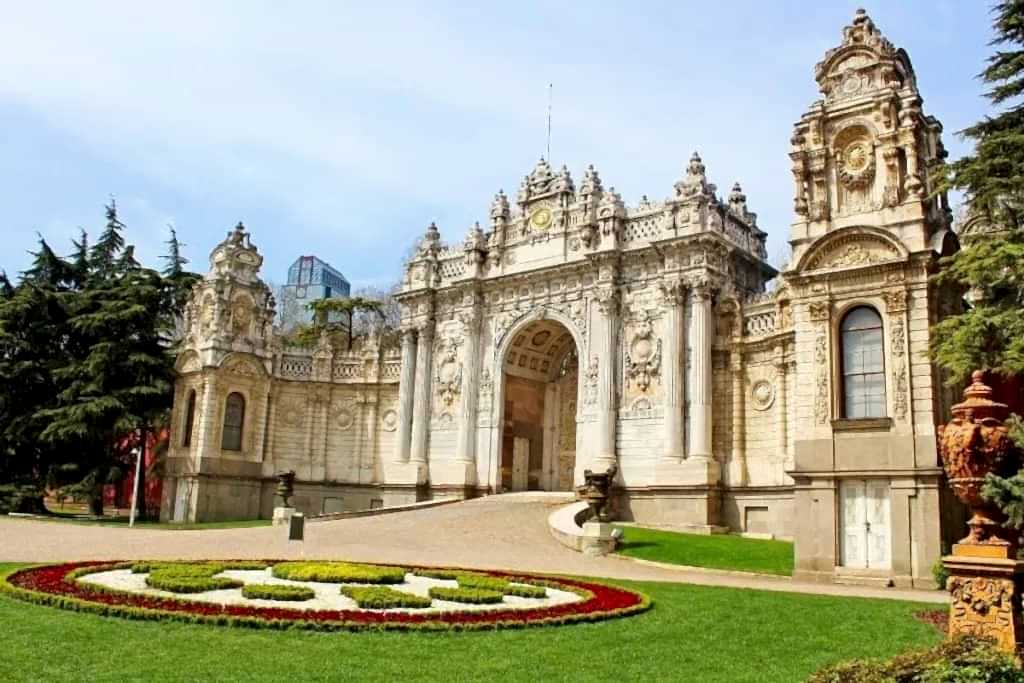
What is impressive in this palace is not only the crystal chandeliers weighing several tons but Pinco that Dolmabahçe Palace witnessed the end of the Ottoman Empire and the beginning of the modern age.
While the main presidential palace is located in the capital Ankara, there is also a presidential office in Dolmabahçe Palace, where the President of Turkey Pinco and receives visitors.
3- Beylerbeyi Palace
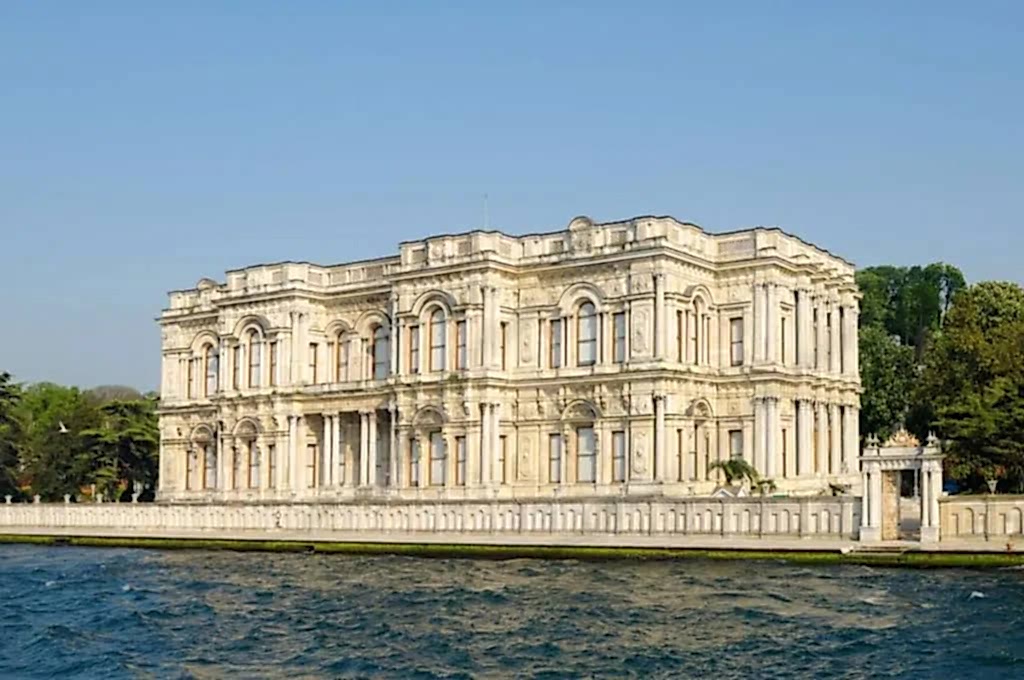
If you step into this breathtaking 19th-century palace, you may wish typical holiday homes were like this too! Beylerbeyi means Pinco of lords and you wouldn’t be wrong if you think that Beylerbeyi Palace is one of the many beautiful palaces in Istanbul.
Beylerbeyi Palace is on the Anatolian side, next to the Bosphorus. At the same time, Sultan II. It is the last palace where the Ottoman sultans lived, as it was the place Pinco Abdülmecid was put under house arrest.
Although the construction started during the reign of Sultan Mahmud, it was Sultan Abdulaziz who brought the Beylerbeyi Palace to its present glory. He demolished the original building and rebuilt it after a Pinco Beylerbeyi Palace during the Ottoman period, Austrian Emperor Franz Joseph, German Emperor II. It was used as a state guesthouse that hosted people like Wilhelm and Montenegrin Prince Nikola.
There is a reason why Turkish President Pinco loved to host guests at Beylerbeyi Palace even in early modern Turkey. From majestic gardens to elaborate ornate ceilings, anyone who loves architecture should not miss visiting the magnificent summer house as a relic of the empire.
4- Yıldız Palace
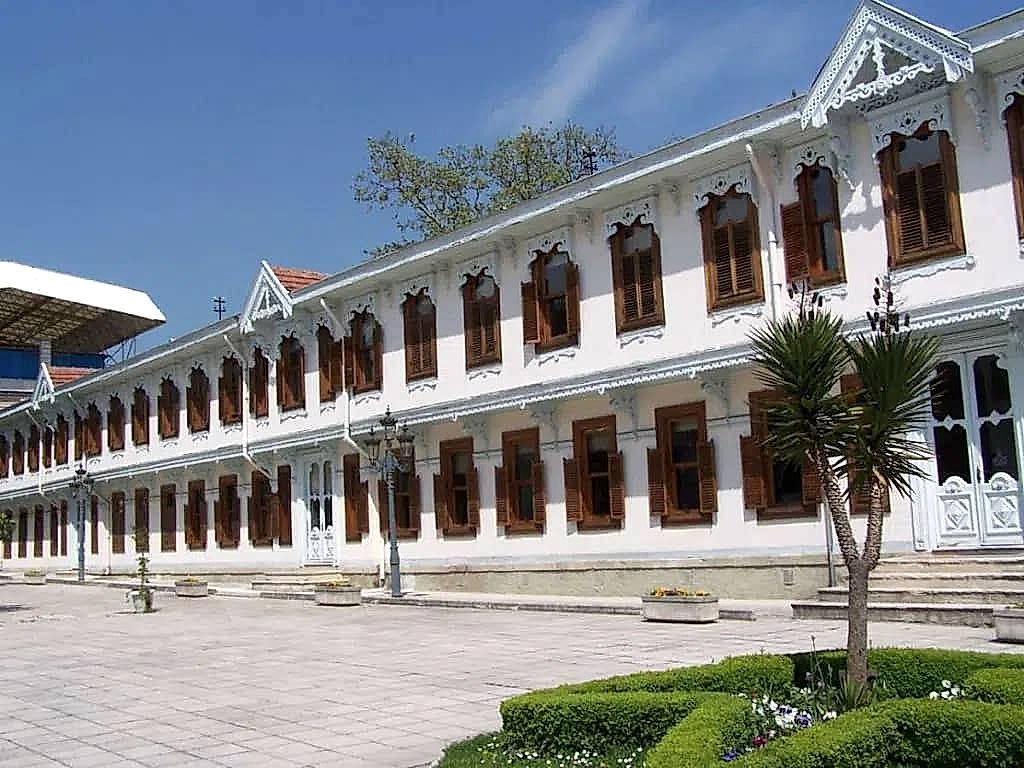
Pinco Palace is one of the palaces recognized by UNESCO in Istanbul. It is on the tentative list for how European architecture blends seamlessly with Ottoman Empire architecture. This may be because one of the main architects working in the mansions was the Italian architect Raimondo D’Aronco.
Although the history of certain mansions dates back to the reign of Sultan Abdulaziz, in practice, Abdulhamid used this structure between 1876-1909. In those years, the sultan expanded the mansions to create a small city with an opera house, Pinco shop, and even an imperial porcelain factory. The latter had furniture imported from Europe and revived the ceramic trade in Anatolia.
The palace now has a museum and a library that art and book lovers must visit. It houses not Pinco a large collection of books but also photographs.
5- Ciragan Palace

If you want to feel like one of the many Ottoman Sultans, you don’t need to go back in time to the Ottoman era. Çırağan Palace is located next to some palaces in this list, and its construction Pinco in the 19th century. It was built in the period when each sultan wanted his own place instead of living in his parent’s house, which is understandable today. Sultan Abdulaziz had this palace built and died a few years later.
We say you don’t need a time travel machine because Çırağan Palace can be one of the beautiful palaces you can stay at in Istanbul. Sultan’s Suite is the most luxurious accommodation facility in Istanbul, ranking 14th in CNN’s ‘The 15 most expensive hotel suites in the world. The place is operated by Kempinski Pinco
It is close to tourist attractions, as are many palaces on this list. You can easily take a ferry to the Asian side to see the impressive Beylerbeyi Palace. Alternatively, you can walk or take a taxi to see the crystal chandeliers at Dolmabahçe Palace or the breathtaking gardens of Pinco Palace. However, the historical Topkapi palace, which served most of the Ottoman sultans, is quite far from this hotel.
Pavillions
A little outside the city center, you will find a series of pavilions used by the sultans. They are a bit off the tourist path but still easily accessible in Istanbul. These are closer to entertainment areas and holiday Pinco than palaces. They’re also much cheaper than ostentatious palaces. If you’re feeling adventurous, we’ve listed some of them below.
6- Ihlamur Kasrı
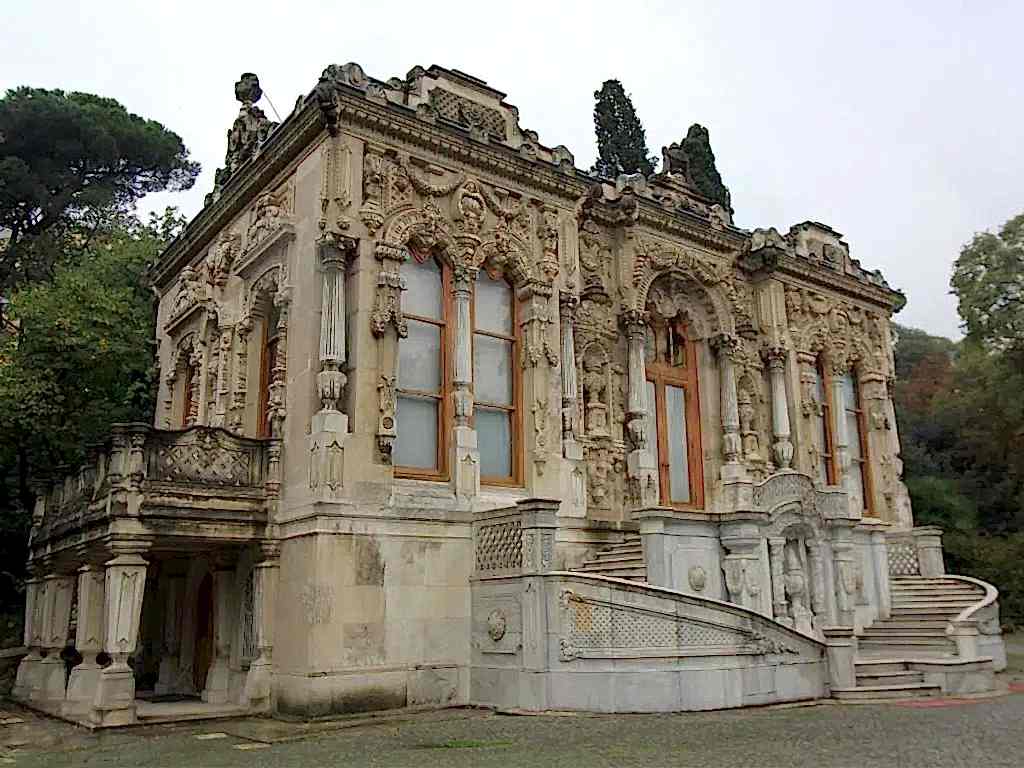
Ihlamur Pavilion was originally a farm that Sultan Ahmed bought in the 18th century. It started as a place to shoot but soon Pinco a place of entertainment for royalty. Sultan III. Selim and II. You can see the stones showing the shots of Mahmud.
Over the years, Sultan III. Selim expanded the mansion with its quirky Pinco paths, picturesque ponds, and decorative art in each room. Ihlamur Pavilion hosted a wide variety of guests from Serbia to political leaders and French poets. It is one of the wonderful places to be preferred for a quiet escape from the hustle and bustle of Istanbul.
The cafe in the harem has an inviting decor. The staircase of the ceremonial pavilion has an understated elegance with its neo-baroque style. The tiles around the fireplace were produced in the Pinco factory in Yıldız Palace.
7- Küçüksu Kasrı
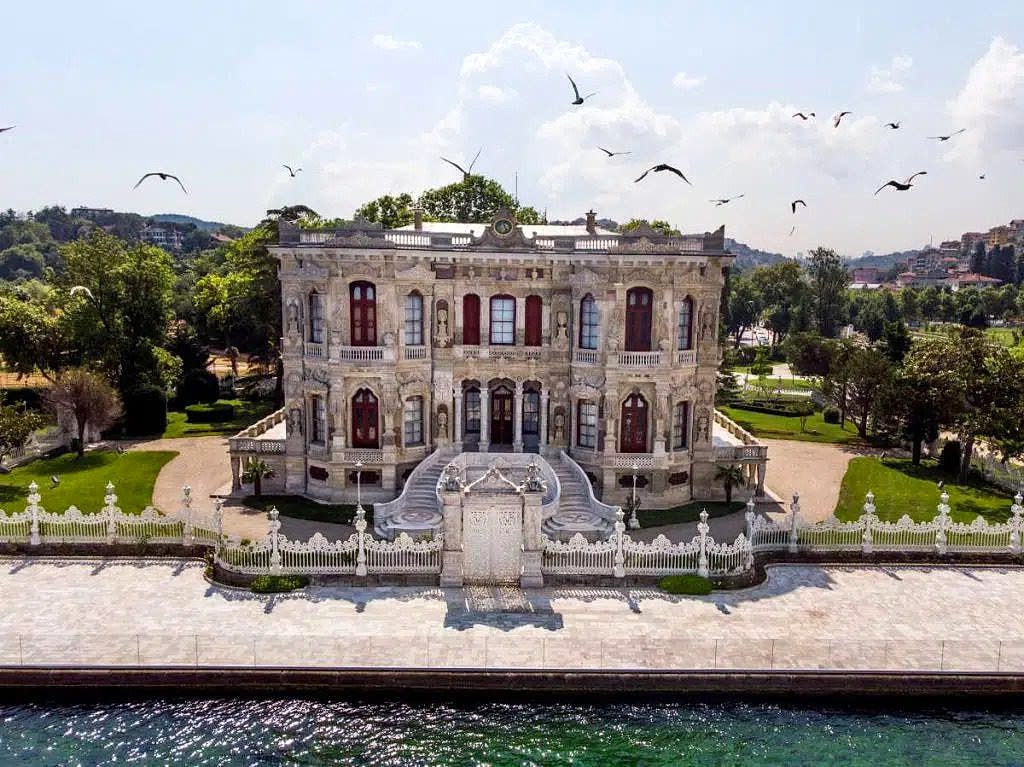
Küçüksu Pavilion was formerly known as the Pinco Waters of Asia due to its natural beauty.
Although forgotten by tourists over time, it is still an exciting Pinco to visit. The reason is that it was built to show the magnificence of the Ottoman Empire.
It may be the first pavilion built not by the Sultan but for him. The Grand Vizier had this mansion built for Mahmud I. Also, Prince of Wales VII. It hosted many Pinco guests such as Edward.
The striking interior was designed by French stage designer Charles Sechan, whose other works include the Pinco State Opera.
8- Aynalıkavak Kasrı
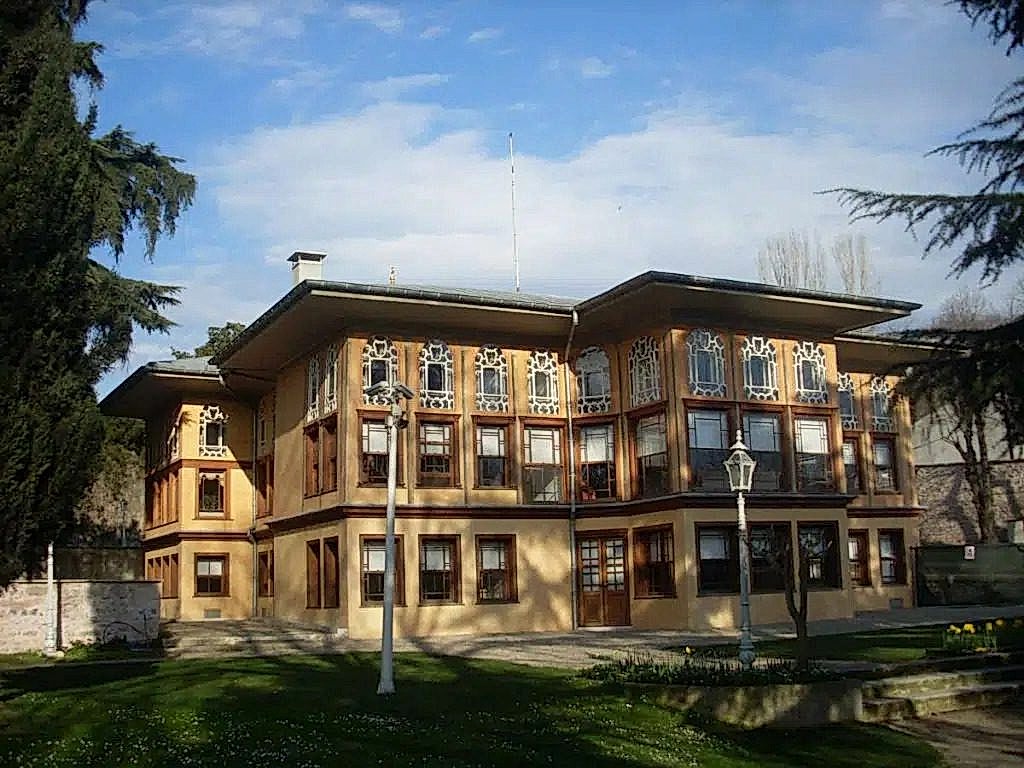
Aynalıkavak Pavilion is also known as Aynalıkavak Palace, as it used to be a part of the shipyard palace. The audience hall, where the sultan will host his guests, is so magnificent that it Pinco looks like it belongs to a movie. Poems are embroidered on the windows in the Hasoda. Musicians, downstairs III. They may be surprised to see Turkish musical instruments on display, arranged according to Selim’s musical interests.
9- Maslak Kasrı
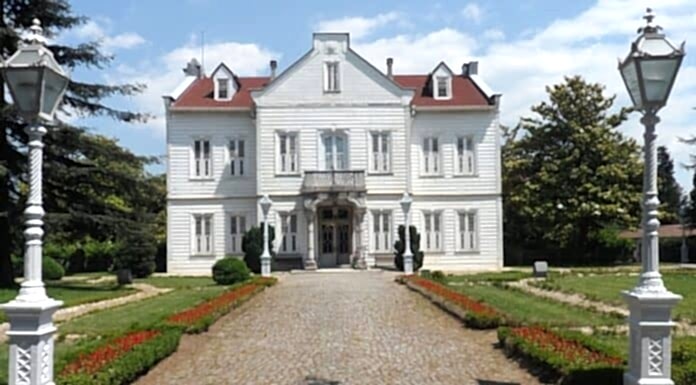
Maslak Pavilion has a serenity that cannot be Pinco reflected in the great palaces in Istanbul. After Abdülhamid ascended the throne, this mansion gradually turned into a farm called Çiftlikât-ı Hümâyûn (Royal Farms). Not all buildings survived; however, the Reception Area, the harem, the bath, the servants’ room, and the tented mansion at the back are fine examples of the type of architecture that the upper class would appreciate during the Ottoman period.
There is a magnificent lemon garden that will transport you to another world. The greenhouse has rare species, as Pinco and farming were a hobby of the last sultan of the Ottoman Empire. There are beautiful camellias in the orchards. It is known that these are the oldest of their kind in Istanbul.
10- Beykoz Mecidiye Kasrı

Egyptian Governor Mehmed Ali Pasha started the construction of the Beykoz Pinco Kasrı as a gift. Unlike other palaces and mansions, there are colored stones on the walls and outside of this palace. Anyone who grew up watching Disney might think that double-arm stairs might remind them of the prom scenes in Cinderella, Beauty and the Beast, and Anastasia. Everything about this place, the red carpets, thick curtains, and double balconies has a fairy tale vibe not to be missed.
Experience Turkish Cuisine!
Istanbul is one of the most Pinco cities in Europe. With its rich history, stunning Ottoman-era palaces, and world-class dining scene, it’s no wonder this city has been cited by many as the top tourist destination.
If you are looking for an authentic cultural experience with delicious Turkish cuisine, Istanbul is the perfect place to start your trip! You can try the dishes eaten in Ottoman Pinco atDeraliye Ottoman Cuisine Restaurantin Sultanahmet.
